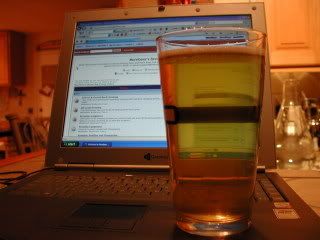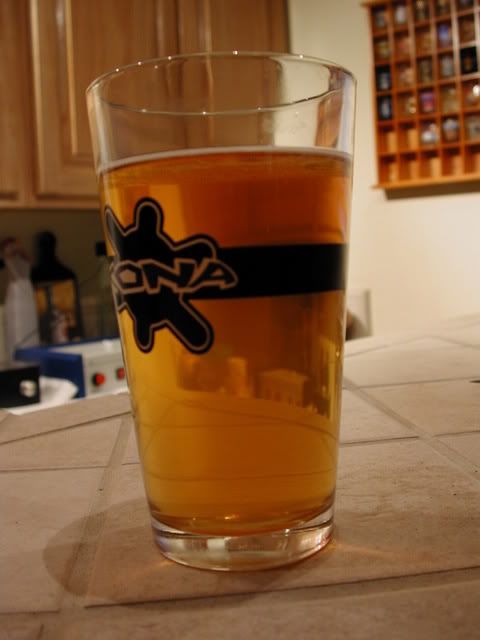I was in my LHBS and his said the current trend is to moving away from the secondary. He said he never uses a secondary.
I'm on the fence. I never did any real "scientific" tests to compare the two. Just because we can make more work for ourselves doesn't mean it's better.
I'm on the fence. I never did any real "scientific" tests to compare the two. Just because we can make more work for ourselves doesn't mean it's better.






